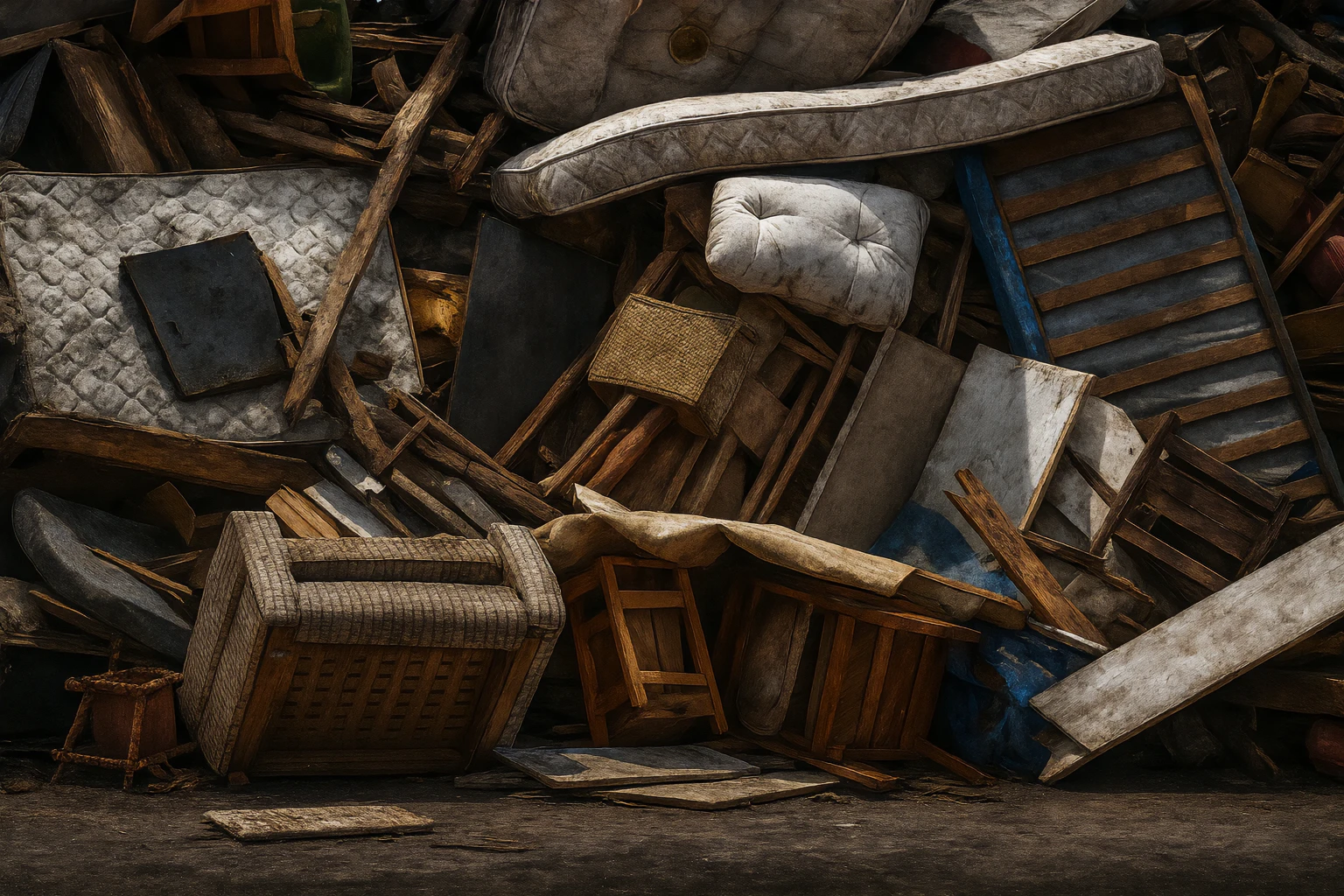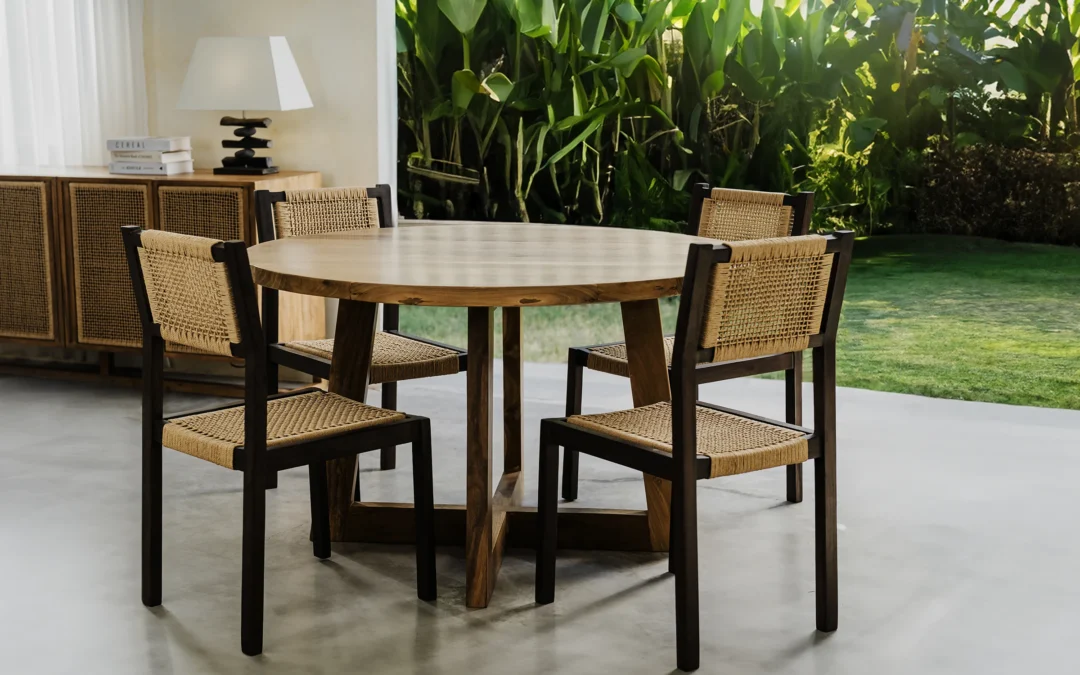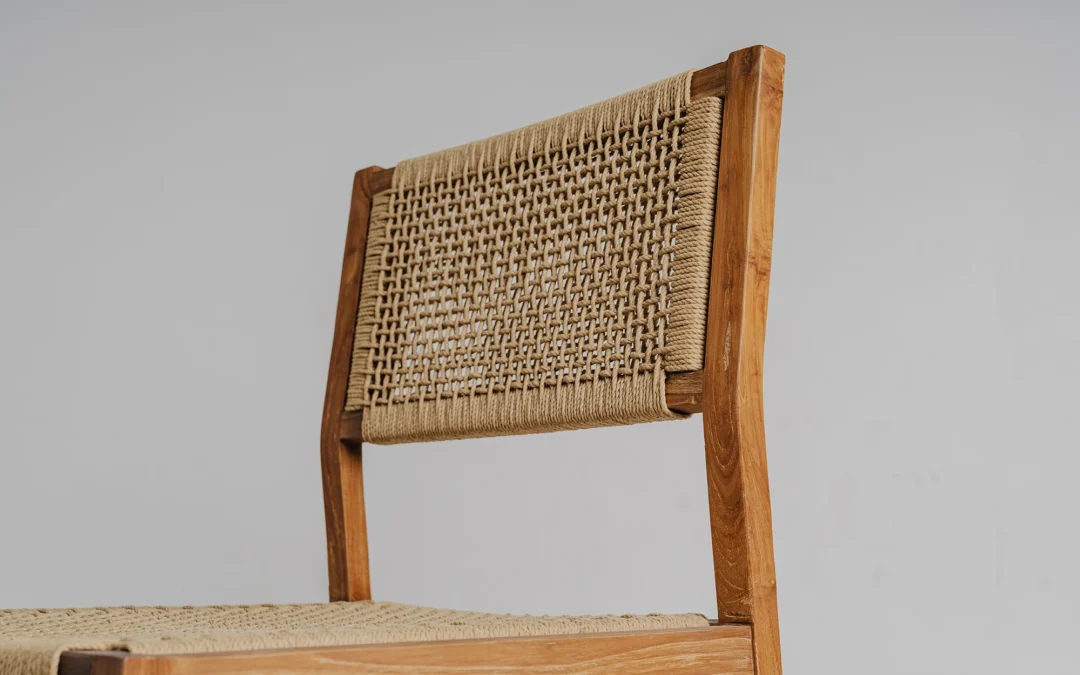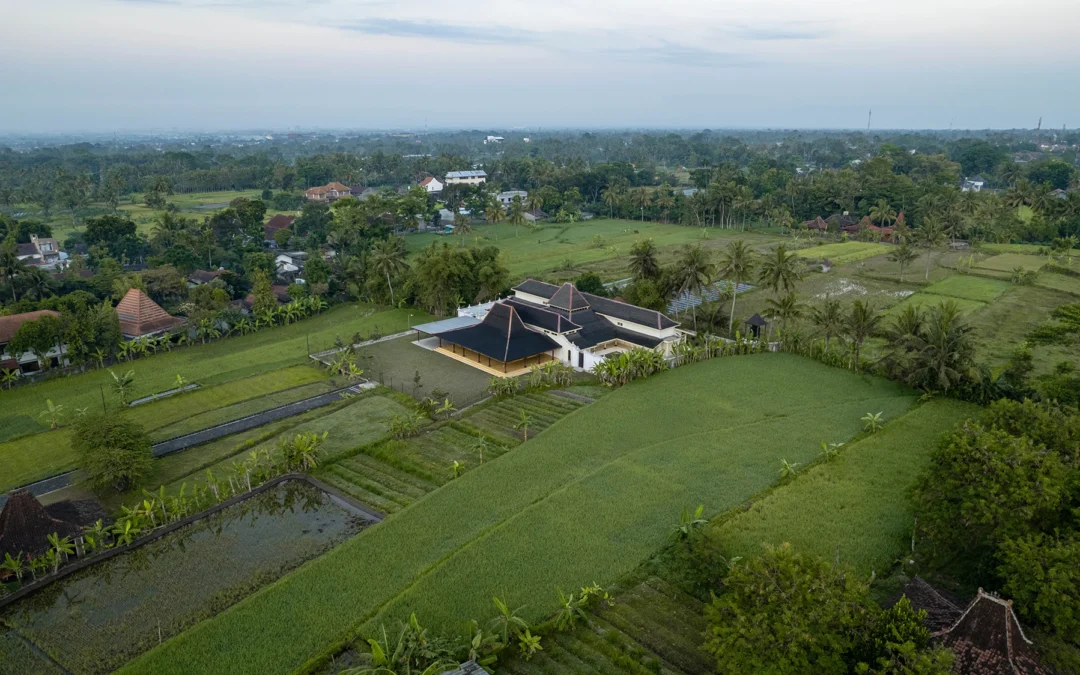You’ve probably heard the phrase fast fashion. Cheap clothing made in bulk. Mass-produced in factories. Falls apart after a season. Ends up in landfill.
Well, fast furniture is the same beast, just in your living room instead of your wardrobe.
It’s the couch that starts sagging after a year. The dining table that wobbles after your housewarming. The bookshelf that collapses if you so much as sneeze near it. And it’s everywhere.
At Nusantara Lifestyle, we’re not in the business of making furniture that lasts just long enough to look good in an Instagram post. We build pieces that can outlive you (in a good way). But to understand why, let’s talk about what fast furniture is doing to the planet, your wallet, and your home, and why sustainable furniture made from reclaimed teak is the better way forward.
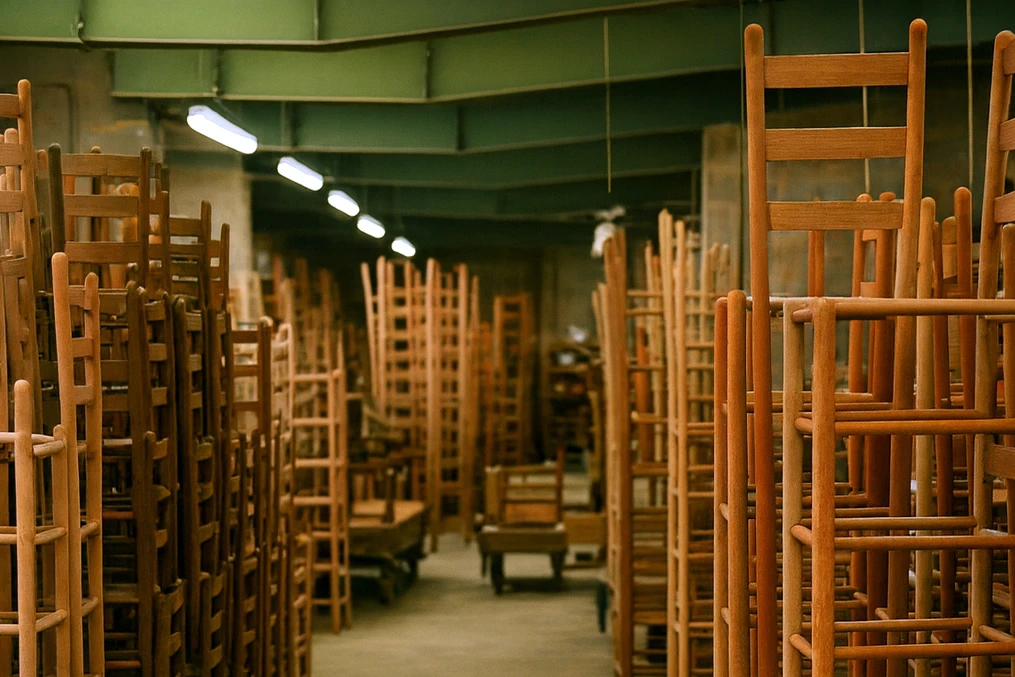
What is Fast Furniture?
Fast furniture is the homeware version of disposable fashion. It’s designed to be affordable, accessible, and, let’s be honest, temporary.
Companies churn it out using cheap materials like particleboard, MDF, or thin veneers glued over softwood. MDF, or medium-density fibreboard, is a manufactured wood product made by breaking down hardwood or softwood scraps into fine fibres, mixing them with resin, and pressing them into dense, uniform panels.
It’s popular in mass-market furniture because it’s inexpensive, easy to cut, and has a smooth surface that takes paint well, but it lacks the strength and longevity of solid wood. Everything is engineered for speed: speed of production, speed of shipping, speed of assembly.
And just like fast fashion, it’s built to be replaced, not repaired. Which means the cycle of production and waste never really stops.
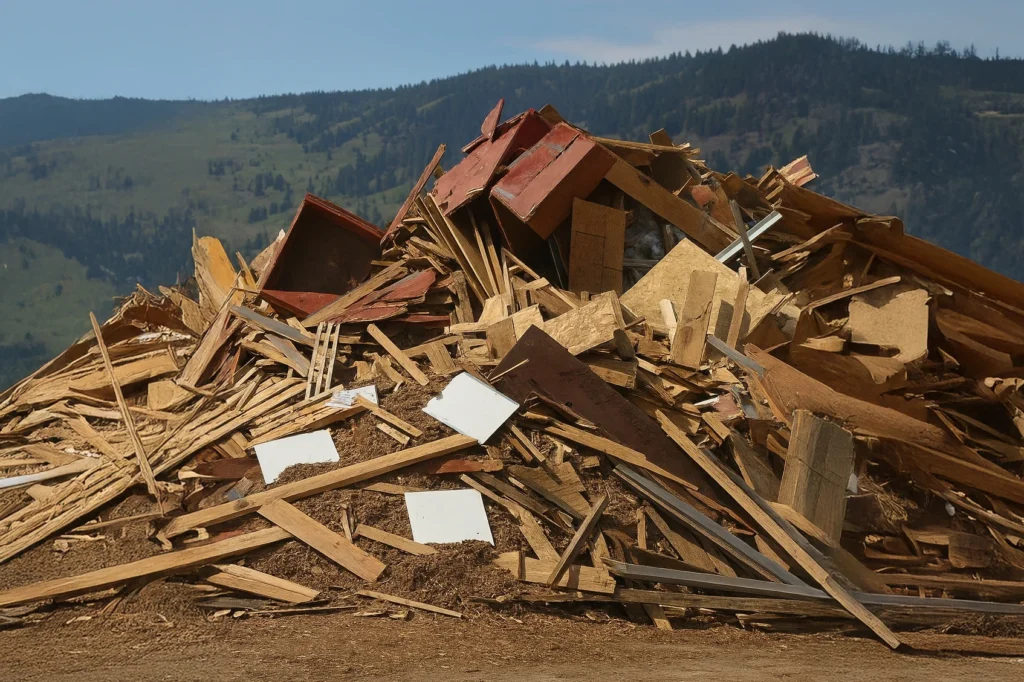
The Environmental Cost
Fast furniture is an environmental nightmare in disguise. Here’s why:
- Short lifespan = more waste. Pieces last a couple of years at best, then they’re tossed. Most of it can’t be recycled.
- Cheap materials = high emissions. MDF, particleboard, and laminates are energy-intensive to produce and release formaldehyde and other nasties.
- Mass production = resource drain. Huge amounts of water, energy, and raw materials go into making products that won’t last a decade.
- Shipping = big carbon footprint. Fast furniture is often made far from where it’s sold, racking up emissions before it even reaches your home.
And the landfill problem? It’s huge. In Australia, over 85% of unwanted furniture ends up in landfill. That’s almost 100%. We’re talking tens of thousands of tonnes of furniture every year from households and businesses. Office furniture alone adds an estimated 30,000 tonnes annually, with over 95% of it unrecycled.
Here in Indonesia we face similar challenges. While the country exports billions of rupiah in furniture each year, most regions still have no real systems for collecting or reusing old pieces. Beds, cabinets, chairs, they often end up in already overstretched landfills. Of the estimated 68 million tonnes of solid waste produced in Indonesia annually, around 66% is simply discarded, with very little recovery or reuse.
So when we talk about waste from fast furniture, we’re not just talking about a little corner of the tip. We’re talking about a mountain.
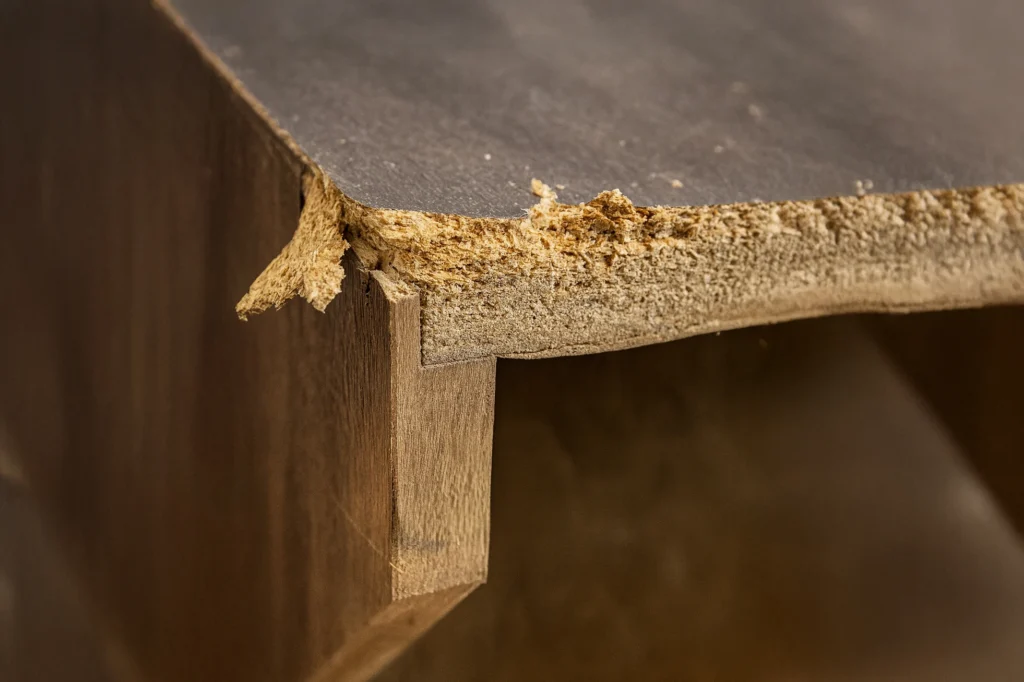
Cheap Now, Expensive Later
The problem with fast furniture is it looks like a bargain — until it doesn’t.
That $300 dining table you bought for your first apartment might feel like a win. But when it starts peeling, cracking, or warping after two years, you’re back in the store, buying another one. And another one.
Over ten years, you might spend more on replacing cheap furniture than you would on one quality piece that lasts. Not to mention the hassle of dismantling, disposing, and re-buying every few years.
This “buy, break, repeat” mindset isn’t just bad for your bank account — it’s fuelling the same throwaway culture that’s already choking our oceans with plastic and filling our landfills with cheap clothing.
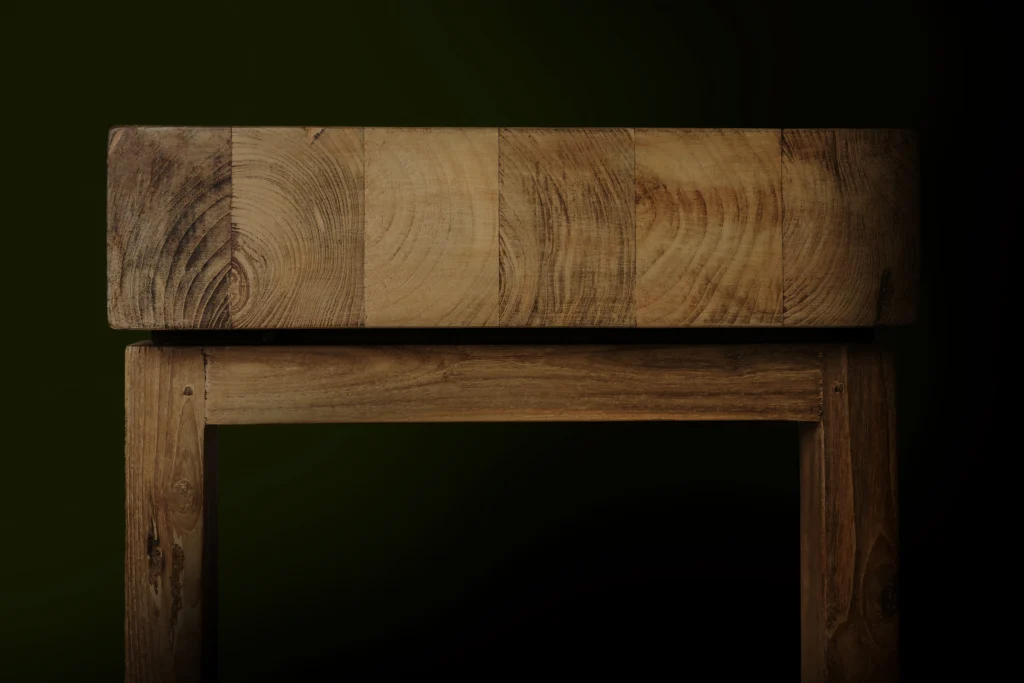
The Alternative: Buy Once, Buy Better
We’re big believers in the buy once, buy better philosophy. It’s not about spending a fortune on something flashy. It’s about choosing materials and craftsmanship that can stand the test of time, and still look good doing it.
That’s why Nusantara Lifestyle works exclusively with reclaimed teak. Salvaged from traditional Javanese houses, this timber has already been naturally dried over decades. It’s stable, dense, and strong enough to handle anything life throws at it.
Another big part of what we do is share the stories and history behind the materials we work with. Every piece of reclaimed teak has a story, which is more than you can say for an MDF book shelf. And because we’re reusing wood that already exists, it’s sustainable in the truest sense: no trees cut down, and no greenwashing.
Image 6: Traditional Javanese joglo house being dismantled by craftspeople
Alt text: Local artisans carefully dismantling an old Javanese teakwood house to salvage timber.
Why Reclaimed Beats Fast Furniture Every Time
Let’s line it up:
| Feature | Fast Furniture | Reclaimed Teak Furniture |
| Lifespan | 2–5 years | Maybe a lifetime! |
| Materials | Particleboard, MDF, softwood | Solid reclaimed teak |
| Environmental Impact | High: waste, energy, landfill | Low: no trees cut down, reusing timber |
| Repairability | Difficult | Easy to repair and refinish |
| Aesthetic | Generic, mass-produced | Unique, full of character |
| Cost Over Time | High | Lower in the long run |
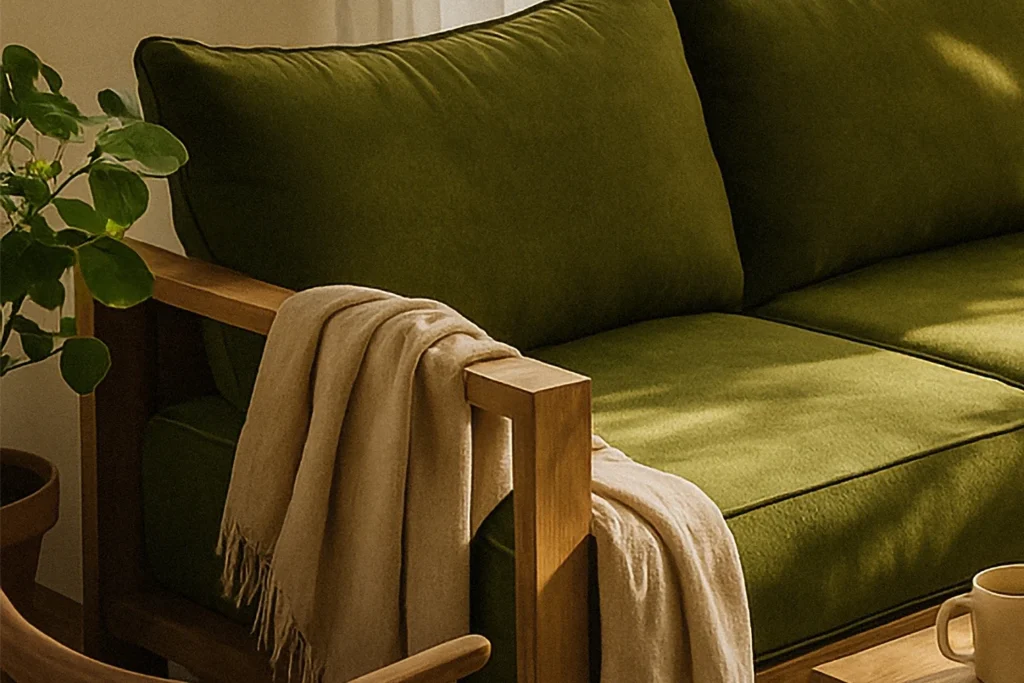
How to Avoid the Fast Furniture Trap
Here’s what to look for if you actually want your furniture to last:
- Solid wood, not wood products. MDF and particleboard won’t stand up to moisture or heavy use.
- Joinery over glue. Quality joinery means pieces can be repaired, not thrown away.
- Natural finishes. Water-based oils and stains are better for the environment and can be reapplied easily.
- Transparency. If the brand can’t tell you where the wood came from, that’s a red flag.
- Local craftsmanship. Choosing locally made furniture supports skills, communities, and reduces transport emissions.
Final Thoughts
Fast furniture is convenient, sure. But convenience is destroying forests and crucial habitats, filling our landfills, and emptying our wallets.
If we keep treating furniture as disposable, we’re going to keep chewing through resources at a rate the planet can’t sustain. We need a mindset shift: one that values longevity, repairs, and materials with history.
At Nusantara Lifestyle, we’d rather make something once, make it well, and make it from materials that already exist. Choosing reclaimed wood keeps valuable material in circulation, supports traditional craftsmanship, reduces deforestation, and tackles the landfill crisis head-on.
Whether it’s a reclaimed teak dining table, a custom sofa, or a one-off statement piece, we know it will last.
Ready to ditch the fast furniture cycle? Contact us to build something worth keeping, or check out our Alami furniture collection and Akar range of flooring, decking and cladding to see just what we’re capable of doing with a beautiful piece of old teak.

